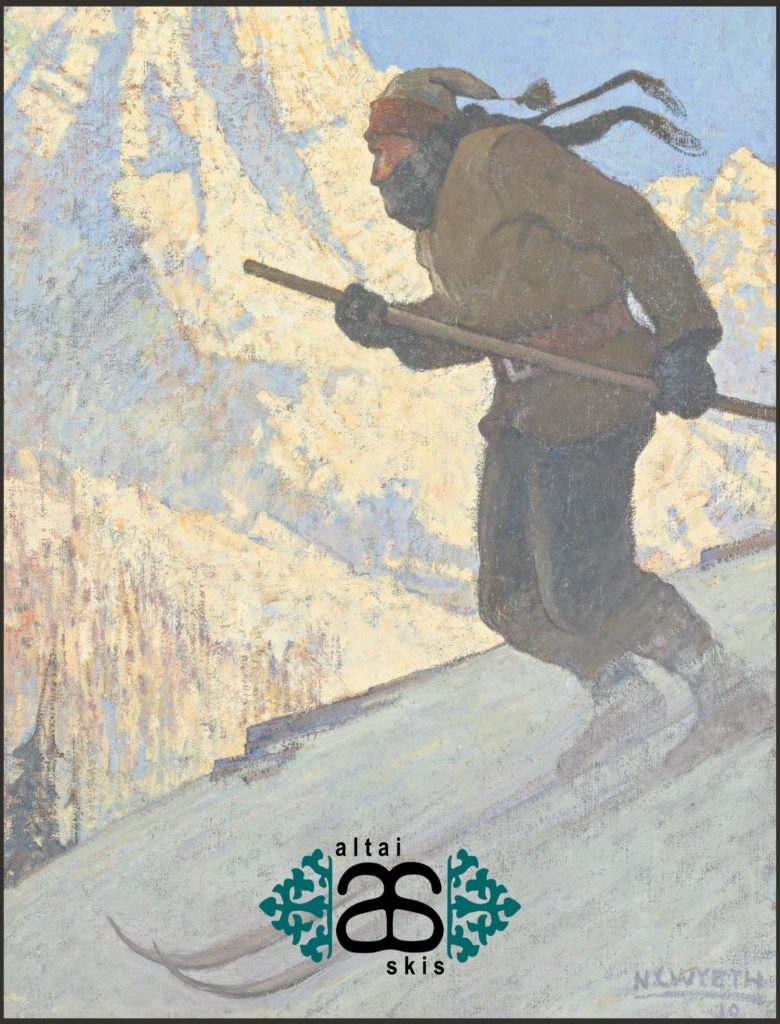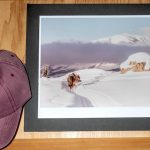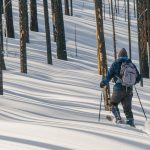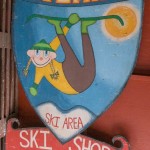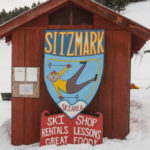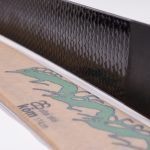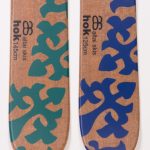Event Schedule and Activities Saturday February 15th -10AM to 3PM Altai Skis will offer demos of our Hok skishoes and Kom Skis. Bindings include universal bindings (any flexible soled boot) and 3 pin (75mm) bindings. We will have some boots at the pass for the 3 pins as well.There will be some tips and mini clinics on using the various skis and bindings. Clinics on uphill😅 and downhill skiing😱 as well as general backcountry touring.🧐The many uses (and secrets) of the Tiak (single pole).🤫Some short tours of the area for different abilities, beginner and up.Bring your own food – potluck if you like. Bring your own skis or snowshoes as well. We cannot guarantee all day use of demos for every person if we have a good turnout. All Ages and Abilities are Welcome! Boulder Pass is a Washington State Snowpark so requires a snowpark permit. For those who do not have one we will have some single use permits available to purchase at the pass. We will be offering one day permits at a reduced rate for this event. Map of the Region Poster for the event Where is Boulder Pass you say? If you come to Curlew you will be about 15 minutes drive from the pass. The pass is the 2nd highest all season pass in the state (Sherman just to the south is the highest)at 4600 ft. Temperatures stay cool as does the snow. This years warm weather and higher snow levels have not had too much effect on the pass do to its elevation, except to make an unusually good base. Currently there is 24-36″ of snow, close to average for this time of year. There is a SNOTEL at the pass as well – Sentinel Butte A Skier’s map of The Highlands Region Looking North to Boulder Pass. Boulder Pass had a very intense fire come through in 2015, burning especially hot around the pass area. Most all of the trees were killed in the areas we ski. As sad as this was it has made for incredible skiing, with most of the small wood and slash consumed in the fire. This has created a landscape where one can ski pretty much anywhere, particularly after a snow base has formed. The terrain at the pass offers everything from flat roads and groomed trails to fairly steep and adventurous backcountry lines. The verticals around the pass are not too big – 300-500 vertical feet mostly – ideal for the no transition up and down ability of the Hoks. There is no avalanche hazard to speak of in the Boulder Pass area as well. It would be hard to design a more ideal area for all levels of Hok skiing. The terrain is made for exploring with lots of ups and downs but nothing to big or difficult. The views are excellent and skiing is mostly through open skiable forest (mostly burned). Lots of animal tracks in the winter too, moose, deer, rabbits, ermine, marten, coyotes, and the occasional lynx or bobcat. Best of all, if you like solitude its easy to pick a direction and not see another track all day.Activities Boulder Pass is a rustic site with no indoor amenities. There are two outhouses and we will have some pop up tents for boots and equipment. There will be a large campfire as well. Camping on site is permitted, expect winter camping conditions. Places to stay in the region. Lodging in Curlew/Republic AirBNB Ferry County Colville and Kettle Falls Grand Forks, BC (closest good sized town!) There are place available on AirBNB and VRBO as well. Curlew is pretty much a one horse town. There is a coffee shop open now (next to Altai Skis World Headquarters), and a drive in restaurant – Tugboats. There is a recently upgraded bar downtown – The Curlew Saloon – that serves burgers (bison burgers!)and a good simple menu. Other amenities include a library, card lock (takes credit cards) gas station, post office, and some nice old buildings ( the Ansorge Hotel is especially nice). The store is currently closed. Republic is the county seat (Ferry County) and has several restaurants (good pizza)and an excellent Brew Pub . There is also a good food store (Andersons), and a Coop. Grand Forks, BC is the closest town with full amenities to Curlew and Boulder Pass. It’s a larger town (4000+) and has quite a few good restaurants as well as a number of motels. Remember if you are crossing the border that you need a passport or and enhanced drivers license. The border crossing between Curlew and Grand Forks is open from 8am to 8pm. It is about a 15 minute drive between Curlew and GF. Kettle Falls and Colville are both reasonably close to the pass (less then an hour)and have a variety of restaurants and hotels. Great coffee in Kettle Falls at Crandalls Travel Routes to get here. Main routes from the west (Seattle, etc) are up Hwy 97 to Tonasket then Hwy 20 east. From the east (Spokane, etc) travel northwest on Hwy 395 all the way to Boulder Creek Rd. From Canada travel to crossings: from the west- Osoyoos (24 hours), Midway (9am-5pm), Grand Forks (8am-8pm). From the east Laurie (8am-12am). Curlew to Boulder Pass – 15 minutes Colville to Boulder Pass – 45-55 Minutes Kettle Falls to Boulder Pass – 40-45 Minutes Republic to Boulder Pass -35-40 minutes Wenatchee to Boulder Pass – 3.5 hours Orville to Boulder Pass – 1 hour 35 minutes Spokane to Boulder Pass – 2 hours and 20-30 minutes Grand Forks BC to Boulder Pass – 35 minutes – Border is open 8 AM to 8PM, you need a passport or an enhanced drivers license. Other places to check out for skiing (Sherman Pass 😉). The 15th is the Saturday of Presidents Day weekend so anyone coming from out of the area should check out the area for other skiing opportunities. Sherman Pass is the highest all season
